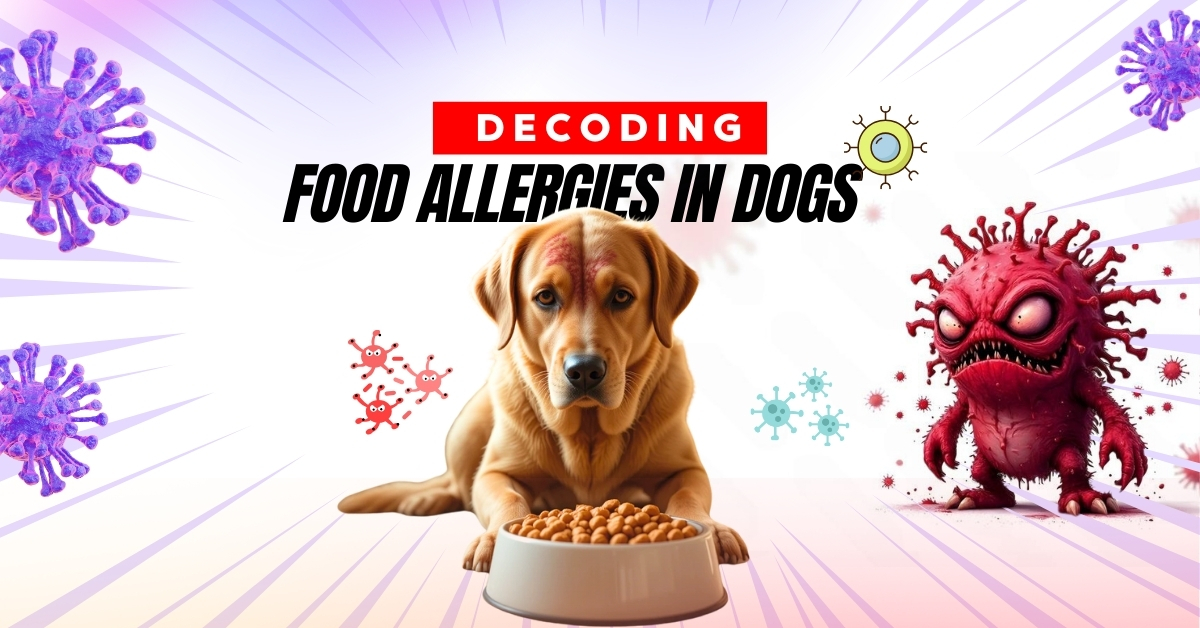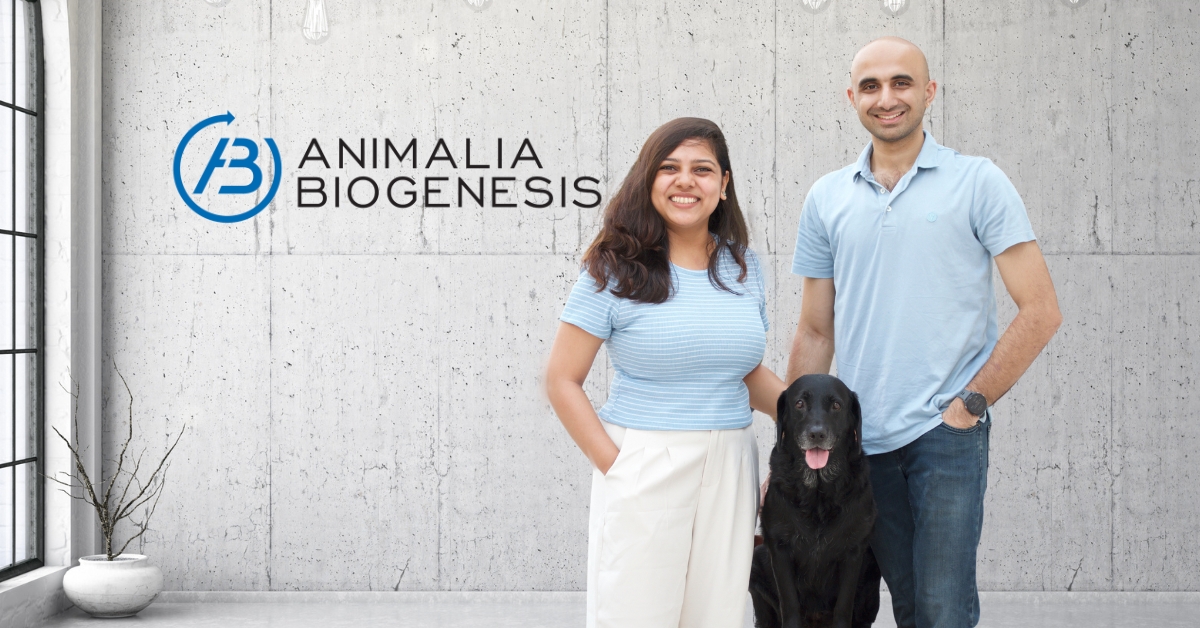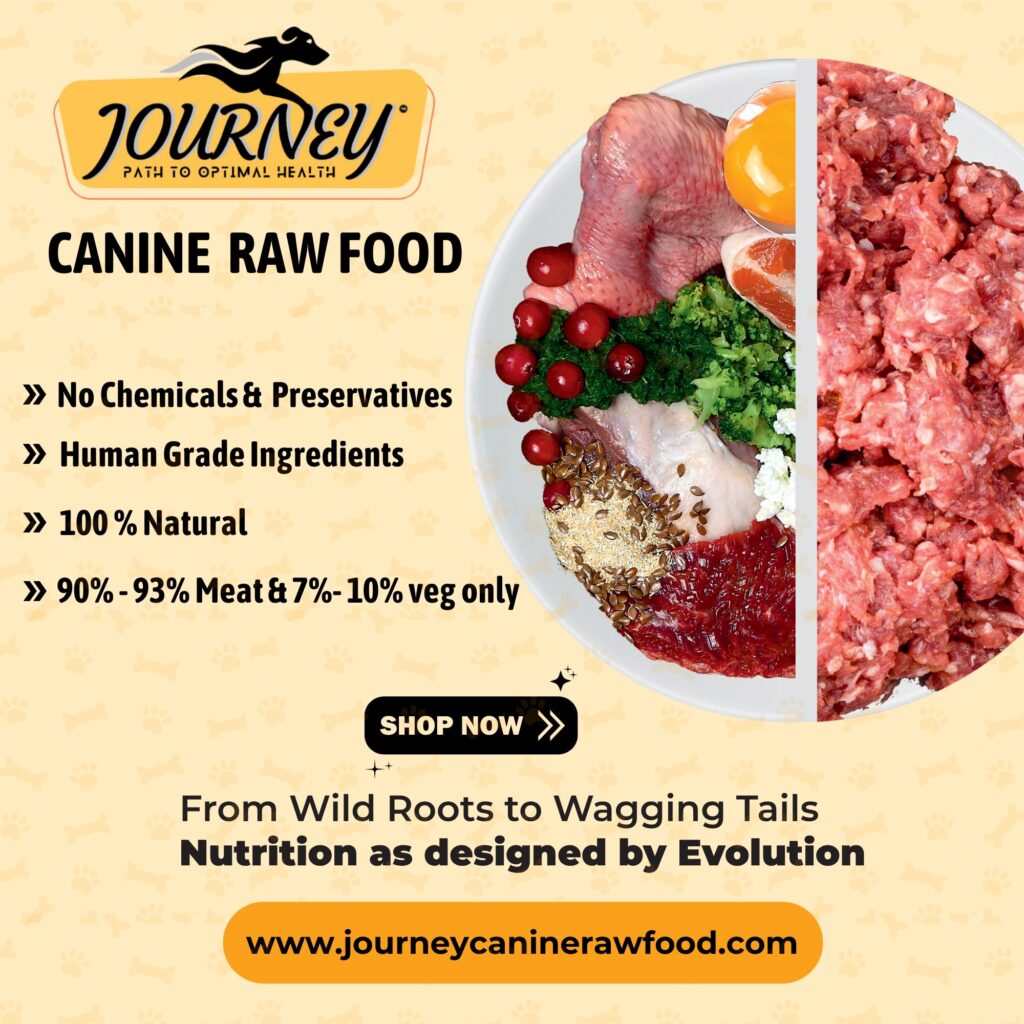Food allergy is diagnosed in 1-2% of dogs presented in veterinary clinics for any form of medical care. The incidence of food allergies is rising in dogs in the modern world. Food allergy is a reaction triggered by the immune system on exposure to an allergen (protein molecule) in the food consumed. Food allergy can be of two types:
- Type I hypersensitivity: This is an IgE-mediated reaction, in which symptoms occur within minutes to hours of the allergen intake.
- Type IV hypersensitivity: This is a T-cell-mediated reaction, in which symptoms can take up to 48-72 hours to occur post-allergen intake.
Common symptoms of food allergy include itching, skin rashes, paw licking, head shaking, and vomiting; diarrhea occurs in some cases. Continued exposure to allergens, due to unidentified food allergy, commonly causes secondary skin and ear infections, excessive shedding, and chronic diarrhea.
Mechanism and Common Allergens

An allergen is a protein that has the capability of causing an overreaction of the immune system, also known as allergy. Any protein molecule has the potential to be an allergen. However, not every protein will act as an allergen. A protein that causes an immune response above the tolerance level in an animal is an allergen to that individual animal . Common dietary allergens for dogs are beef, dairy products, soy, wheat, chicken, lamb, and eggs. It is important to highlight that this is not an exclusive list, and an individual dog can be allergic to any food that has some form of protein. The above list of allergens is reported mostly because these are the common items in pet foods.
One Protein, Many Allergic Foods
When we say a dog is allergic to food X, that means the dog is allergic to some protein molecule P in food X. If the same protein P is present in another food Y, it will most certainly cause an allergy upon consuming food Y. The rule is: if we identify a triggering protein molecule, all foods containing that protein molecule should ideally be avoided.
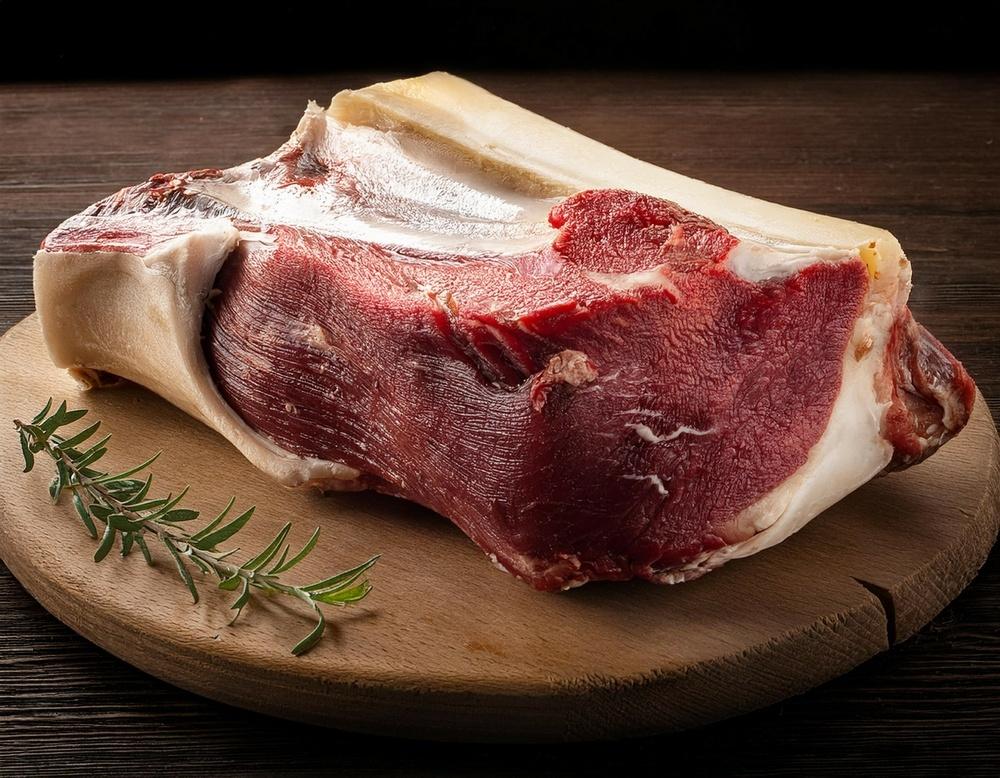
Cross-Reactivity of Proteins
The immune system can sometimes misfire upon exposure to a protein structurally similar to an established allergen. This mechanism is called cross-reactivity of proteins. For example, if a dog is allergic to beef meat due to reactivity to Bovine Serum Albumin (BSA), the dog might also be allergic to cattle milk, pork, and lamb meat due to cross-reactivity.
The Microbiome Association

More than 70% of a dog’s immune system resides in the gut. A healthy microbiome flora is crucial for maintaining a robust immune system. Immune cells undergo a series of developments during the puppy phase. It has been seen that puppies with altered gut health (dysbiosis) have a higher chance of developing food allergies at later stages of life.”Leaky Gut” is a condition characterized by increased permeability of the intestinal lining, allowing undigested food particles to get into the bloodstream unwantedly. These food particles act as a threat to the immune system, ultimately leading to a cascade of consistent immune responses.
Diagnosing Food Allergies
Until now, an Elimination Diet Trial (EDT) has been the gold standard approach for determining food allergens. EDT involves putting the dog on a limited ingredient, novel protein diet for a period of 6-8 weeks.Following remission of symptoms, old food items are reintroduced one by one. A relapse of symptoms confirms an allergy to that particular food.DNA testing and IgE serum testing are gaining popularity now for detecting food allergies. Although these tests give an idea about allergies in the individual dog, they are not always accurate, sometimes leading to misdiagnosis.
Hypoallergenic Diets: Worth It?
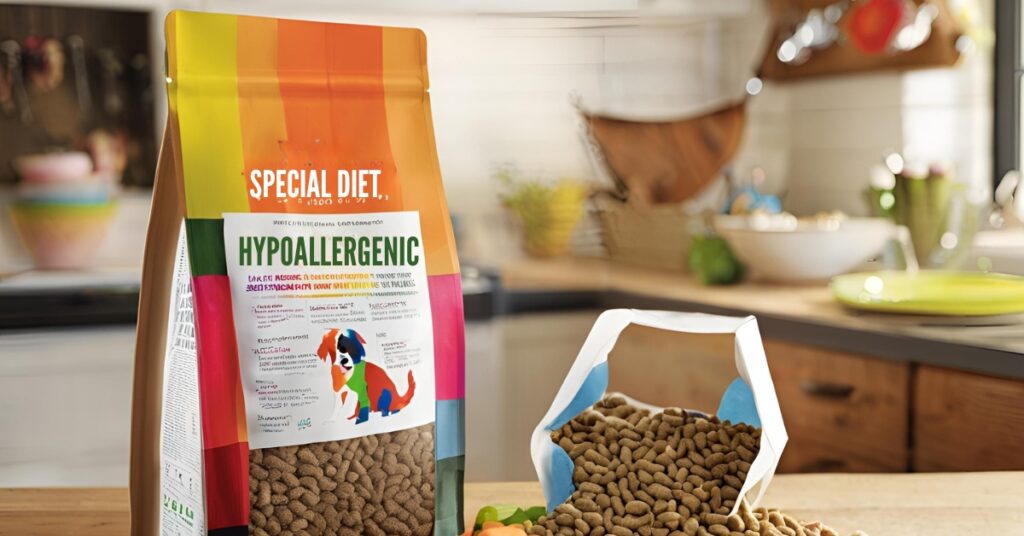
With the rise in cases of food allergies in dogs, many brands have come up with hypoallergenic recipes. These foods use an ingredient list, avoiding common allergens. However, since allergies are very much individualized, a single recipe cannot work for all allergic dogs. If a dog is allergic to any ingredient in the hypoallergenic food, there is no benefit to giving it to that dog . Some hypoallergenic foods use hydrolyzed protein. This involves breaking down the protein molecules in the ingredient to peptides (smaller molecules) by hydrolysis. Hydrolyzed protein molecules are generally very small for the immune system to detect, hence escaping the trigger . Hydrolyzed protein diets can be an option initially if dietary history is unknown or until safe protein sources can be identified. But long-term use of hydrolyzed protein diets is not a good option. For maintenance, finding safe protein sources is important.
Pharmaceutical Support
To deal with pruritus and inflammation associated with food allergies, drugs like antihistamines, corticosteroids (prednisolone), and T-cell inhibitors (cyclosporine) are often used. These are beneficial in providing relief in times of significant allergic reactions. A short-term course of prednisolone is also found to be effective in reducing the window of the Elimination Diet Trial (EDT) .However, long-term use of these drugs carries risks of adverse effects. These should be considered an option for managing severe allergic reactions, not as a permanent solution.
What the Future Holds
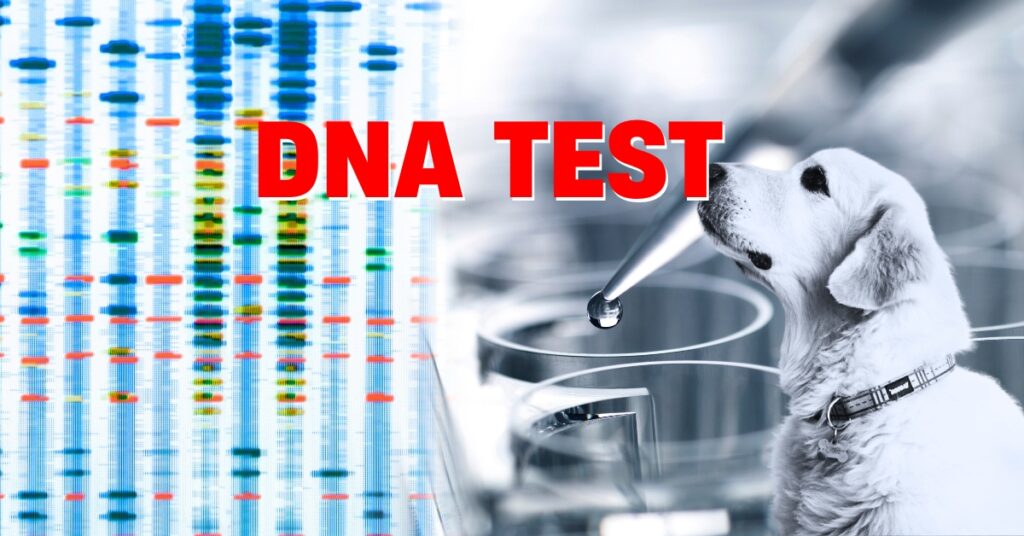
DNA and IgE serum tests are promising diagnostic tests to look out for in the coming days. They give the pet parent a list of items to which a dog is potentially allergic. However, due to the lack of sensitivity of these tests at the moment, most experts still consider EDT as the go-to option for identifying food allergens. Food allergy tolerance buildup in young dogs is another potent protocol that might be considered by nutritionists to reduce the chances of allergies at the adult life stage.
Conclusion
Food allergy is not a disease but an immune hypersensitivity. Identifying the allergen and removing it from the diet is the only way to tackle allergies long-term. Doing this resolves the ongoing reactions and puts the dog back to normal health within a few weeks.

